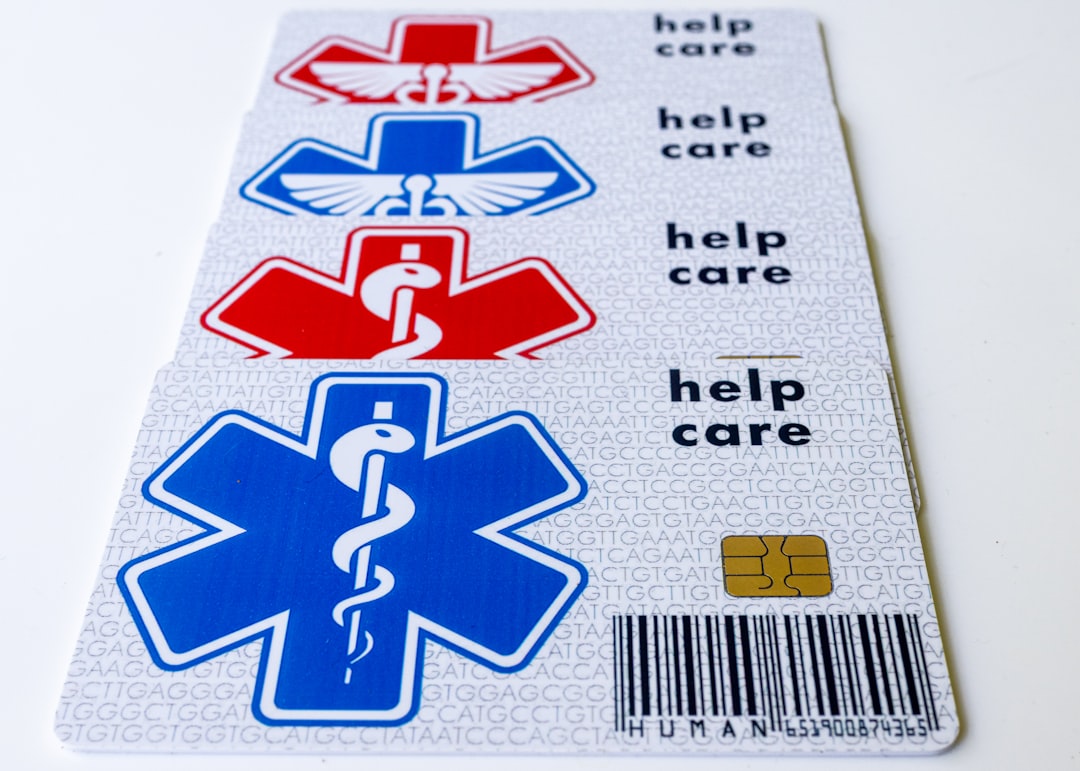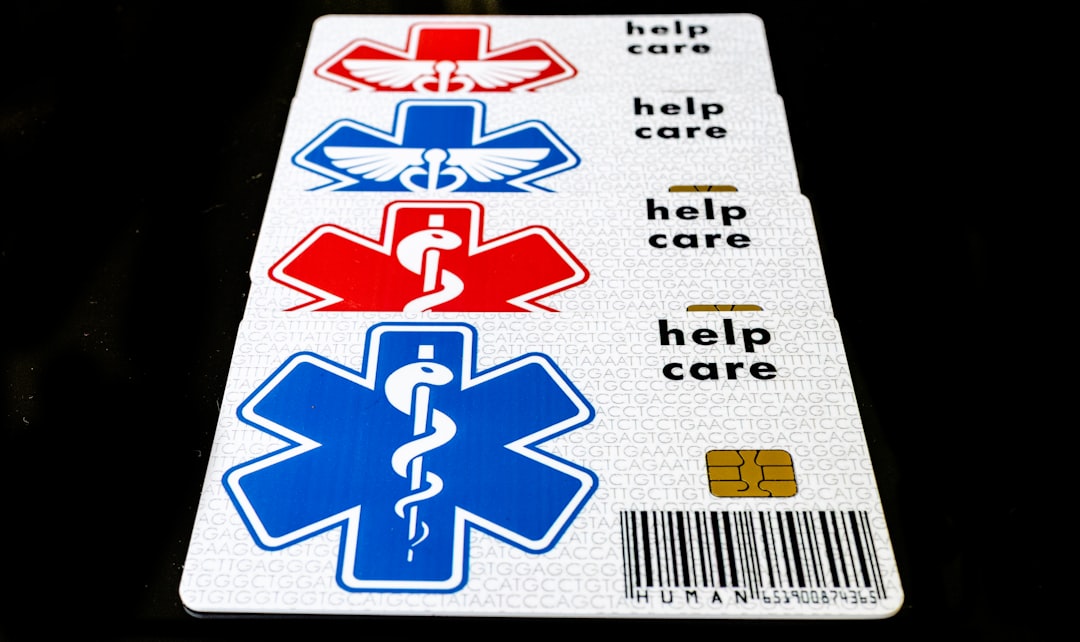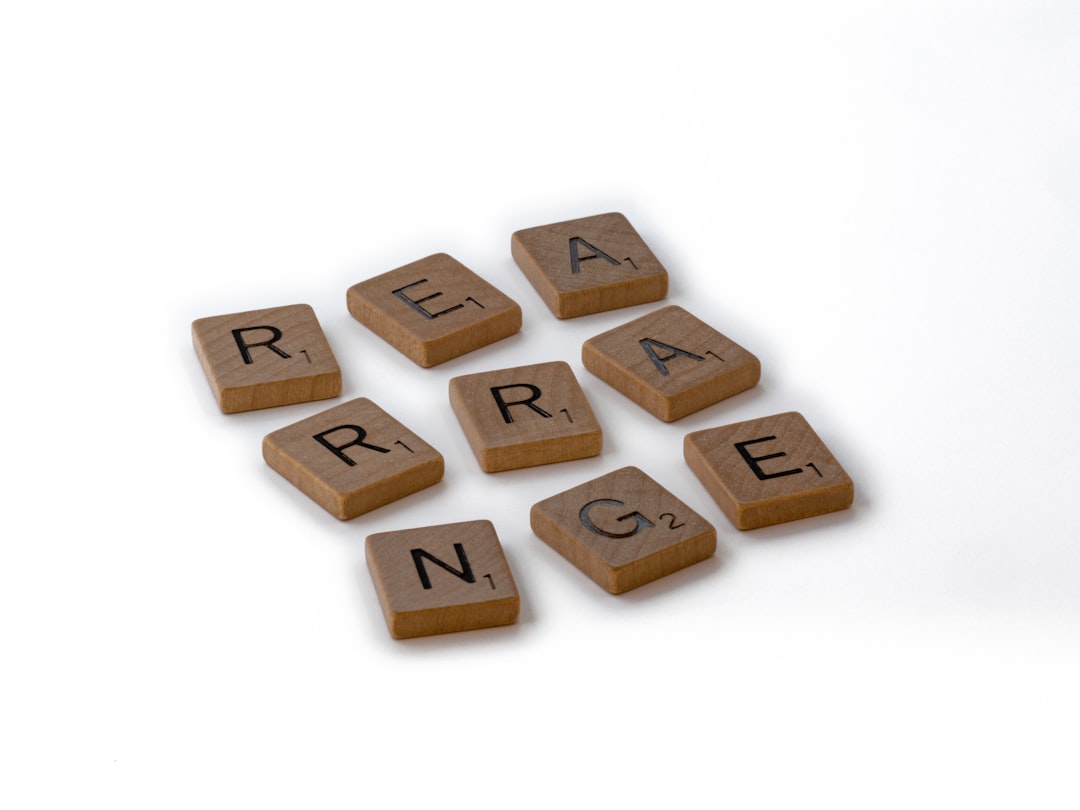

Engage prospects with a scan and streamline customer engagement with FREE QR code marketing tools by Sona – no strings attached!
Create a Free QR CodeFree consultation

No commitment

Engage prospects with a scan and streamline customer engagement with FREE QR code marketing tools by Sona – no strings attached!
Create a Free QR CodeFree consultation

No commitment
Respite care services face growing complexity as demand rises for senior care, caregiver support, and effective feedback mechanisms. High-value prospects, including families and healthcare partners, may interact with your service but never formally register, resulting in missed opportunities and limiting future growth. Paper forms, inflexible manual processes, and fragmented data collection hinder responsiveness and the provider’s ability to surface issues before they escalate.
When feedback from families or staff is lost in paperwork, opportunities for continuous improvement and tailored care are missed, ultimately undermining trust and satisfaction for both clients and staff. In today’s environment, QR codes in marketing have progressed from novelty to essential tools for unifying offline and online feedback, making it possible to efficiently gather crucial insights where privacy, accessibility, and user experience are critical.
By connecting physical care environments to real-time analytics, QR codes empower respite care teams to act on emerging issues, address anonymous feedback, and respond to individual needs proactively. Integrating QR codes in key locations such as reception desks, bedside tables, and staff rooms increases participation, reveals engagement signals, accelerates compliance, and uncovers opportunities for upsell, retention, and advocacy.

In the dynamic environment of respite care, feedback often escapes collection because it does not fit within routine workflows or caregivers lack time for manual entry. These barriers lead to overlooked dissatisfaction signals, late discovery of safety concerns, and missed requests for extra support. QR codes simplify the journey from observation to action by enabling quick, mobile-first input via Google Forms QR codes.
When QR codes replace paper forms and suggestion boxes, both urgent and nuanced insights reach decision makers faster. Families feel heard without needing a face-to-face conversation, frontline staff can report small frictions before they grow into large problems, and managers gain a real-time view across units and shifts. The outcome is a tighter loop between care delivery and quality improvement.
Teams can build momentum by systematically replacing outdated processes with QR-enabled workflows:
Step-by-step, teams benefit by:
For instance, centers that replaced clipboards with QR-enabled feedback forms reported higher completion rates, better routing to specialized teams, and earlier detection of patterns. One respite program saw a 30 percent lift in input after placing QR codes on bedside table tents and exit signage, which helped identify at-risk scenarios such as recurring complaints about nighttime staffing and medication communication. By translating scans into real-time alerts, managers targeted interventions for the next shift and improved family satisfaction in weekly sentiment metrics.
QR codes not only collect comments. When integrated with platforms like Sona QR, they track scan context, map feedback to care episodes, and then sync data to systems such as HubSpot or Salesforce. This closes the loop between physical service environments and digital analytics, making continuous improvement a daily practice rather than a quarterly exercise.

Many respite providers struggle with fragmented and incomplete feedback collection, resulting in reduced visibility into quality metrics and concerns. Families or stakeholders may not always vocalize needs during in-person visits, and valuable insights remain uncaptured, stifling improvement and differentiation. Paper forms also create friction and often sit unprocessed, creating delays that erode trust.
QR codes solve these issues by bringing speed, privacy, and convenience to the feedback process. A scan takes seconds and does not require an app. Dynamic links ensure content stays relevant without costly reprints. Most importantly, the technology enables data to be standardized and routed to the right team, so frontline concerns do not get lost in inboxes or drawers.
Applied well, QR codes help respite care teams capture timely insights across the journey. For example, intake forms placed on clipboards can be replaced with QR-accessible digital forms that auto-tag entries by service type. Posters in therapy rooms can link to short mobility or comfort surveys. Discharge paperwork can include a code to a two-question sentiment check that triggers a follow-up call if needed. Each scan reduces friction and brings valuable context into one unified analytics view.

Feedback in respite care can break down due to form fatigue or unclear channels. QR codes let providers create targeted interactions for diverse user groups and situations. Selecting the right format ensures the experience is intuitive and aligned with the task.
Dynamic QR codes are particularly powerful in respite care because they allow you to adjust destinations without reprinting. You might start with a general feedback form, then switch to a targeted survey if the data shows recurring questions about medication or meals. With Sona QR, teams can manage all formats in one place, update links centrally, and unify analytics across use cases.
High-value feedback moments often go untracked when channels are missing at critical points. Growth opportunities surface when you add QR codes at the moments that matter for families, clients, staff, and referral partners. By closing gaps across the journey, you capture more insights and create more chances to deliver excellent service.
Thoughtful placement allows providers to nurture advocacy and address issues before they escalate. For example, codes on meal trays can trigger a one-tap food preference update. Posters in visitor areas can link to a multilingual family FAQ. A code on the monthly invoice can open a simple form to request billing clarification. Each touchpoint is an opportunity to build trust and demonstrate responsiveness.

QR codes are versatile and can be tailored to the specific rhythms of respite care. The following use cases align with common interactions and help achieve measurable outcomes such as higher satisfaction, fewer complaints, and better retention.
Each scan becomes an actionable event. With Sona QR, teams can set automated workflows such as alerts for urgent submissions, thank-you messages for positive feedback, or requests for Google reviews after issues are resolved.
Missing or incomplete audience data is a key challenge in respite care marketing. Many prospects never fill out a contact form, especially if they are still exploring options or are emotionally overwhelmed. QR codes bridge this gap by capturing engagement signals wherever they happen and turning them into segmented audiences for personalized follow-up.
For modeling influence across scan-to-outcome journeys, read Sona’s blog post titled Single vs multi-touch attribution models.
Fragmented communications make it difficult to connect insights across stakeholder journeys. Missed feedback touchpoints create data silos and service inconsistencies. QR codes unify channels by turning every piece of print or digital collateral into an entry point for interaction and measurement.
To quantify print-to-digital performance and connect insights across channels, see Sona’s blog post titled The importance of accurate revenue attribution.
Start by defining a clear goal. In respite care, this could be improving real-time satisfaction tracking, reducing incident response times, driving tour requests from community events, or re-engaging families after discharge. Tie the use case to a measurable outcome such as percentage increase in feedback volume, reduction in time to resolution, or number of qualified tour bookings.
Map the use case to a specific audience and setting. For example, a bedside code for family sentiment checks serves a different purpose than a lobby code that links to a general inquiry form. The more contextually specific the deployment, the higher the engagement and the more useful the data.
Select between static and dynamic codes based on flexibility and tracking needs. Static codes point to a fixed destination and work well for unchanging resources such as a general information PDF. Dynamic codes enable you to update destinations, capture analytics, and integrate with your CRM, which is critical for feedback programs and campaigns that evolve.
Choose the format that fits the action you want. For structured feedback or intake, use web links to forms. For urgent escalation, consider SMS or email codes that pre-fill a message, supported by QR codes for SMS. For referral partners, a vCard or a tailored landing page builds relationships and reduces friction.
Your QR code should be branded, scannable, and framed by a clear call to action. Use a short, benefit-driven message such as Scan to share how we did today or Scan for a 60-second meal review. Include visual borders or icons so the code stands out in busy environments.
Test thoroughly across devices, lighting conditions, and distances common in your facility. Ensure accessibility by providing alternative options such as a short URL for those who cannot scan. Confirm that multilingual needs are met, either by auto-detection or a language selector.
Place QR codes where the intended audience naturally pauses. In respite care, this includes bedside tables, dining halls, activity boards, reception desks, discharge folders, and staff rooms. For outreach, add codes to brochures at referring clinics, community event handouts, and direct mail pieces.
Match placement to the behavior you want to drive. A bedside code should launch a quick, private survey. A lobby code can offer tours or FAQs. Codes at caregiver workshops can link to a guide about funding or next steps with a scheduling option.
Start creating QR codes for free.
Monitoring is where QR campaigns deliver compounding value. Track scan volume, completion rates, and engagement by location and time. Identify which placements drive the highest quality feedback, then replicate those patterns elsewhere. Use the data to adjust everything from content and CTAs to timing and staffing.
Automate follow-ups for both positive and negative inputs. Thank families for praise and invite them to share public reviews where appropriate. For urgent concerns, trigger alerts to on-duty managers. Regularly review anonymized trends to guide training, policy changes, or facility updates.

Missing feedback signals lead to lost opportunities across operations, marketing, and retention. QR workflows connect each scan and response to business outcomes, offering visibility that paper-based methods cannot provide. With the right tracking, you can see which placements and messages perform best, which issues impact satisfaction, and which interactions correlate with repeat stays or referrals.
With Sona QR and Sona, respite providers can go beyond scan counts to attribute outcomes. Teams can track engagement by channel, respond in real time, sync activity with marketing and sales tools, and connect QR engagement to pipeline or occupancy. For methodology comparisons that inform reporting, review Sona’s blog post titled The importance of accurate revenue attribution.
Manual processes and cautious deployment can limit the impact of QR initiatives. A data-driven approach unlocks compounding improvements across care quality and growth. Focus on a few high-leverage practices and then expand.
Creative deployments can amplify impact. Add meal feedback codes on disposable placemats to fine-tune menus quickly. Include activity idea scans in monthly calendars so residents and families can suggest programs. Place private staff reporting codes near supply closets to flag shortages instantly. Each of these scans becomes a small but powerful data point in a continuous improvement system.
Respite care organizations can elevate feedback quality and operational responsiveness by replacing paperwork bottlenecks with QR code enabled digital intelligence. With thoughtful implementation, every interaction becomes an opportunity to reveal hidden risks, nurture satisfaction, and drive continuous improvement. This practical approach combines physical touchpoints with strategic data collection, supporting higher satisfaction, stronger retention, and readiness to adapt in a rapidly evolving care landscape.
QR codes have revolutionized respite care services by transforming how providers gather and act on valuable feedback. Beyond simply collecting data, QR codes enable seamless, real-time engagement with caregivers and clients, leading to improved service quality and more personalized care experiences. Imagine instantly capturing insights that help refine your programs, increase satisfaction, and ultimately enhance the well-being of those you serve.
With Sona QR, creating dynamic, trackable QR codes is effortless—update surveys or feedback forms anytime without reprinting materials, monitor engagement in real time, and link every scan to actionable outcomes. This means no missed feedback opportunities and the ability to continuously improve your respite care services based on accurate, timely data. Start for free with Sona QR today and turn every scan into a meaningful connection that drives better care and stronger relationships.
Respite care services use QR codes for collecting real-time feedback on care quality, family communication hubs, staff pulse surveys, incident reporting, and referral partner follow-up.
You should define clear goals and select services that use QR codes to provide real-time feedback, tailored communication, and easy access to information that match your loved one's care needs and preferences.
QR codes enable faster, more private feedback collection, reduce administrative burdens, improve communication, enhance responsiveness to concerns, and support continuous care quality improvement.
The article does not provide specific information about respite care costs or funding options.
The article does not specify qualifications or certifications required for respite care providers.
QR codes replace paper forms with mobile-friendly digital surveys that increase response rates, enable anonymous input, provide real-time data, and connect feedback directly to care teams for faster action.
Effective placements include bedside tables, reception desks, staff rooms, communal spaces, discharge paperwork, brochures, direct mail, and community event materials.
Common formats include web links for surveys, vCards for contact sharing, SMS or email for urgent messages, Wi-Fi access codes, and app download links.
Dynamic QR codes allow updating destinations without reprinting, enable tracking and analytics, support multi-format management, and help unify feedback data across care episodes.
Key steps are choosing a use case, selecting the QR code type, designing and testing the code, deploying across high-impact channels, and tracking and optimizing based on analytics.
QR codes capture engagement signals and contextual metadata at key moments, enabling segmentation, personalized follow-ups, and integration with CRM systems for targeted outreach.
Yes, QR codes enable anonymous pulse surveys and suggestion channels that help managers identify bottlenecks, training needs, and support staff retention efforts.
They provide standardized, trackable data with audit trails, support aggregated analytics for quality metrics, and help prepare for oversight reviews.
Best practices include branding the code, adding clear calls to action, testing across devices and lighting conditions, ensuring accessibility, and providing alternative options like short URLs.
By monitoring scan volumes and completion rates, analyzing high-performing placements, automating follow-ups, conducting A/B testing, and using integrated analytics platforms.
Use Sona QR's trackable codes to improve customer acquisition and engagement today.
Create Your FREE Trackable QR Code in SecondsJoin results-focused teams combining Sona Platform automation with advanced Google Ads strategies to scale lead generation

Connect your existing CRM

Free Account Enrichment

No setup fees
No commitment required

Free consultation

Get a custom Google Ads roadmap for your business






Launch campaigns that generate qualified leads in 30 days or less.
